Mediterranean Herbs and Spices: A Beginner’s Guide
By Mediterranean Living
Updated March 17, 2023
Seasonings and spices—plant-based aromatic substances, fresh or dried, are used for flavoring and aroma more than nutrition. But they also enhance food with medicinal properties and health benefits.
In the Mediterranean diet specifically, spices and herbs are used to add flavor and aroma, as well as reduce the use of salt, making the food healthier.
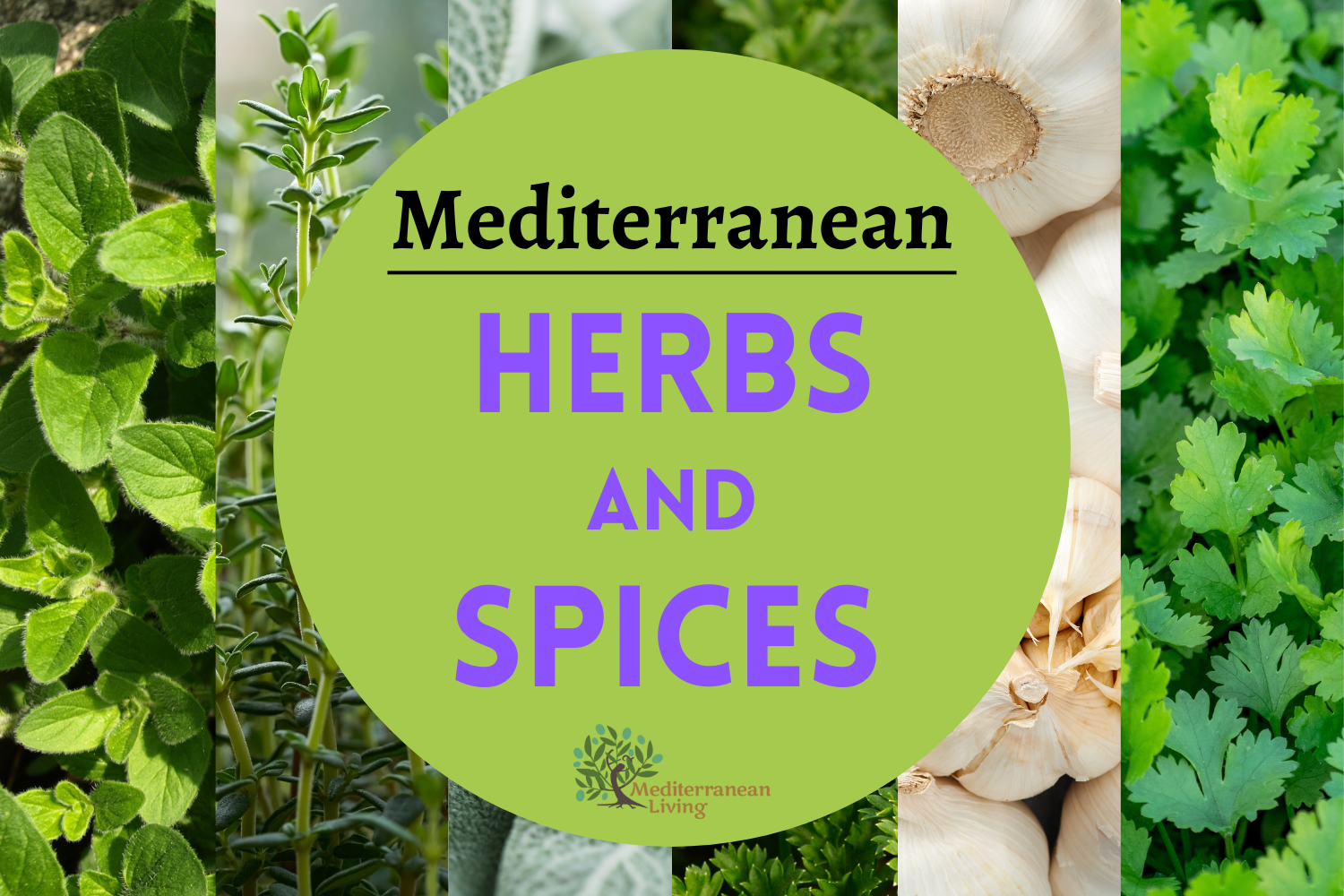
Mediterranean Herbs: A Rich Diversity
Mediterranean herbs originate from rich and diverse plants, thanks to the Mediterranean landscape (consider countries bordering the Mediterranean Sea).
The region includes mountain ranges, forests, scrubland, wetland, coasts, and islands. Owing to the rich biodiversity, it is home to 10% of all known plants of the world, which equals more than 30,000 species. Of these, half don’t grow anywhere else in the world.
The Mediterranean region is vast, and the culinary habits aren’t consistent among the different countries. For this reason, Mediterranean spices are used in various ways in different regions.
Mediterranean herbs and spices to use and why
Basil

An aromatic herb with a spicy flavor and sweet scent, basil is used fresh or dried. Basil leaves vary from flat, small, round, green, red, and purple.
In Mediterranean cuisine, basil is used in tomato-based pasta sauces, salads, marinades, dressings, and cooked dishes, such as pizza, vegetable curries, meat preparations, etc.
Basil is the main ingredient in one of the most popular sauces, pesto sauce. Purple basil is a staple in Turkish cooking, adding flavor as a garnish to soups, stews, stuffing, and main dishes.
Basil is completely calorie-free, rich in fiber, has a repertoire of strong antioxidant properties, and has medicinal properties and effects.
Tip: Basil can be used fresh or dried. However, dried basil is not as flavorful as the fresh version.
When using dried basil, use one-third of the amount you would use fresh basil leaves. For example, a tablespoon of fresh basil leaves would equal a teaspoon of the dried variety.
Mediterranean Diet Food List Printable PDF
This Mediterranean diet food list is available as a PDF file, and I recommend printing it out and putting it on your fridge. You will always have inspiration to eat these healthy foods whenever you go into the fridge.
If you’re looking for recipes to make with these foods, check out our extensive collection of Mediterranean Diet Recipes.
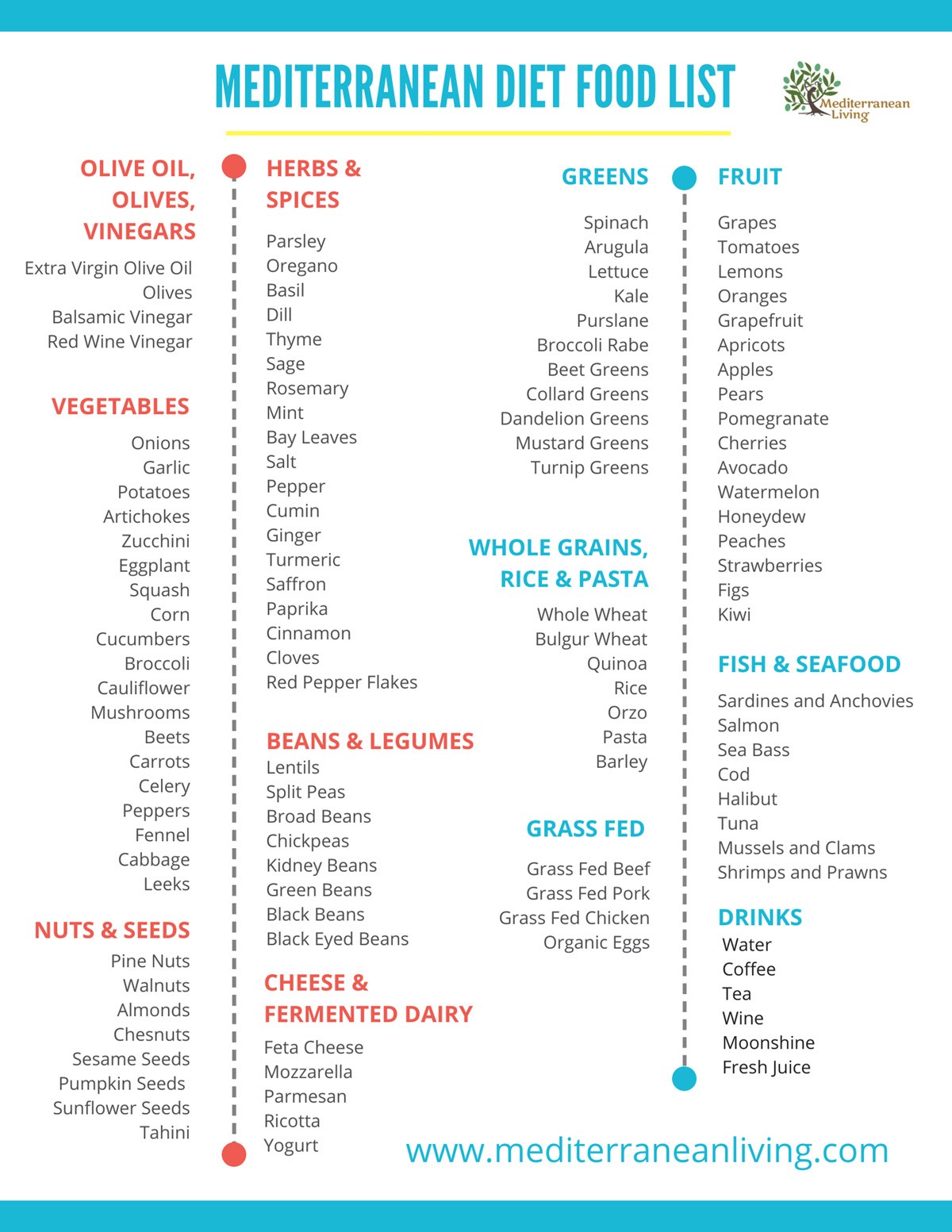
Chive

Flavorful and savory, chive leaves are used as condiments for garnishing and salads.
In some Mediterranean countries, for example, in Spain, chive is specifically preferred to garnish fish and seafood. It goes well in salads, dressings, yogurt, pasta, baked dishes, hummus, and soups.
Eaten raw—fresh or dried—chive is known to have many health benefits:
- It is diabetic-friendly. The flavonoids in chive help fight type 2 diabetes.
- It has a low glycemic index value, helps keep blood sugar levels steady, and lowers high blood sugar.
- It has antimicrobial and anticancer properties.
Coriander

Coriander is used as fresh leaves or as seeds. It is used for cooking as well as for garnishing and sprinkling.
It has antioxidant, antimicrobial, diabetes-modulation and neurological benefits. It is used to flavor meat, poultry, curries, sauces, and baked dishes such as cookies and cakes.
Cumin

A seed spice used whole or ground, cumin has a warm flavor, used in stews, sauces, soups, and savory dishes. It is a member of the parsley family.
Cumin is often roasted, which adds additional flavor. It is a common spice in Middle Eastern cuisines and used in baharat seasoning.
It is packed with anti-inflammatory and antimicrobial properties that make it useful for treating fevers and digestive problems.
Fennel

A seed and bulb spice, and a leaf herb, fennel, comes from a flowering plant originally indigenous to the Mediterranean region. However, it is now widely grown and found in many parts of the world.
Its scientific properties include a compound called anethole, which gives it a distinctive flavor and aroma.
Fennel is known to be used as a medicinal herb to treat gastrointestinal illnesses and upper respiratory tract infections. It is also beneficial for milk production in breastfeeding mothers, consumed mainly in the form of fennel tea.
In Mediterranean dishes, it lends well to soups, stews, meat, and seafood, raw or cooked.
Garlic

A key ingredient in traditional Mediterranean cooking, garlic has a spicy, intense flavor. It is used raw, dried, and cooked.
Known as a life-saver and preserver herb, garlic is one of the most important ingredients in the Mediterranean diet with powerful medicinal properties—anti-inflammatory, cardioprotective, anticancer, antidiabetic, antibiotic, etc.
It helps reduce the risk of tumors, cancer, and cardiovascular disease and lowers the risk of blood pressure and chronic diseases.
You’ll find garlic in pasta, meat dishes, sauces, dips, and soups.
Oregano

Oregano is a native herb to the Mediterranean region. It has a slightly bitter taste but adds aroma, taste, and medicinal value to dishes.
Apigenin, present in basil and oregano, provides many health benefits:
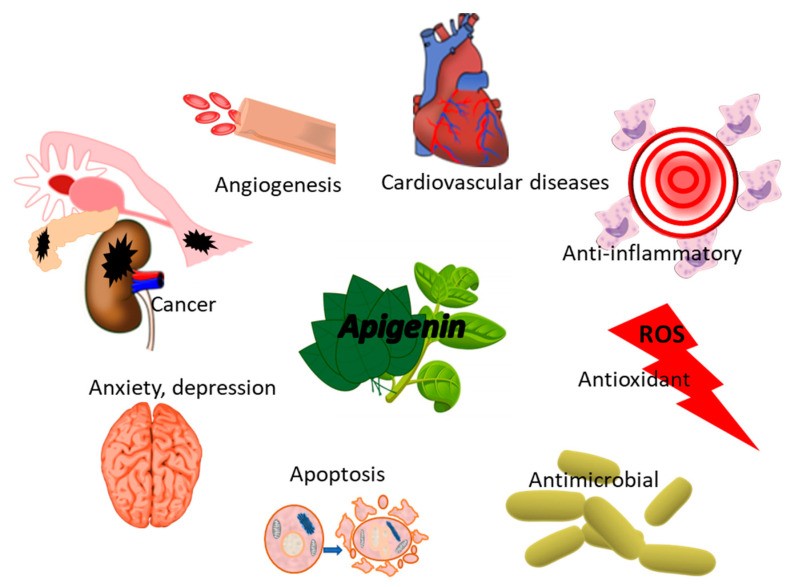
Parsley

Another common herb in Mediterranean cooking is parsley. It is native to the central Mediterranean region.
With a versatile taste and green aroma, parsley adds flavonoids and anti-inflammatory properties to dishes—in sauces, pesto, dips, salads, and meat dishes.
In addition, its spicy flavor pairs well with poultry, potatoes, whole grain salads, etc.
Rosemary

Native to the Mediterranean and Asian regions, rosemary has a slightly bitter taste, a distinct aroma, and a tea-like feel.
Rosemary is associated with anti-inflammatory and antioxidant properties. Studies specifically reveal a correlation between patients consuming rosemary and cancer risk reduction.
It is used fresh or dried to season meats, added to stews, and to bread and biscuit dough to infuse flavor.
Sage

Earthy, grassy, and woody, sage leaves can be used fresh or dried. The dry variety is usually ground or rubbed.
With a flavor similar to rosemary, it pairs well with poultry, seafood, pasta, stuffing, and seasonings.
Tip: When using fresh sage leaves, it’s best to add them toward the end of the cooking process. Dried sage tastes best when added in the beginning so that the flavors blend into the dish.
Tarragon

Another herb commonly found in Mediterranean dishes is tarragon, a bushy, aromatic herb.
Tarragon leaves are bright green and have a warm aroma similar to star anise. The herb is known to have anti-diabetic properties.
You’ll find this herb in sauces, meat, salad dressings, stews, cheeses, pickles, and more. Dried tarragon is often added to spice blends and seasonings.
Thyme

A woody, aromatic herb native to the Mediterranean region, thyme leaves are longish and fleshy.
Consumed fresh or dried, thyme goes well in soups, sauces, roasted vegetables, pasta, and more. It is also used to garnish fish and meat.
Loaded with minerals, vitamins, phytonutrients, moisture, protein, and fiber, thyme has been used for medicinal purposes to treat respiratory ailments, arthritis, rheumatism, etc.
In addition to single spices and herbs, the Mediterranean diet has many mixes, too.
Herb mixes
Za’atar

Za’atar is a herb and a spice mixture commonly used in Lebanese cuisine. Belonging to the oregano family, za’atar has a subtle taste with a nutty and crunchy feel.
The mix includes za’atar, sumac, oregano, sesame seeds, and thyme. Za’atar is used in many ways—baked into bread, as a sprinkle over salads, mixed with olive oil, tahini, rubbed onto meat, etc.
Italian Seasoning

The Italian seasoning consists of basil, oregano, rosemary, and thyme. In addition, it can have other herbs such as marjoram, parsley, red chili flakes, and garlic powder.
It is used as a garnish on pizza, soups, salads, added in sauces, etc.
Tips:
- Boiling, steaming, and stewing enhance the health benefits of herbs and spices compared to stir-frying and grilling, which decrease their antioxidant amounts.
- Fresh herbs are best used immediately to keep their flavor and nutrition intact. To store, use perforated storage bags in your refrigerator.
- Store dried herbs and spices in airtight containers away from direct light and heat. Use it within the expiry date.
With so many choices and diversity of flavors and aromas, you’ll also find many different ways to use the same spices. Explore, eat, and repeat!








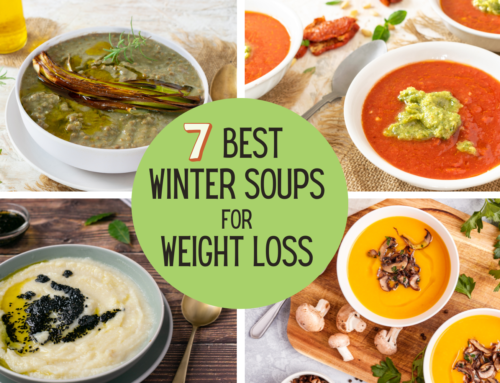

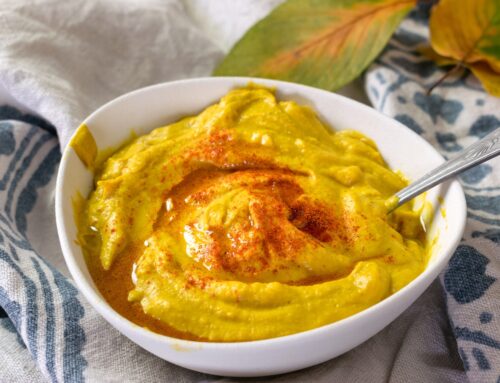
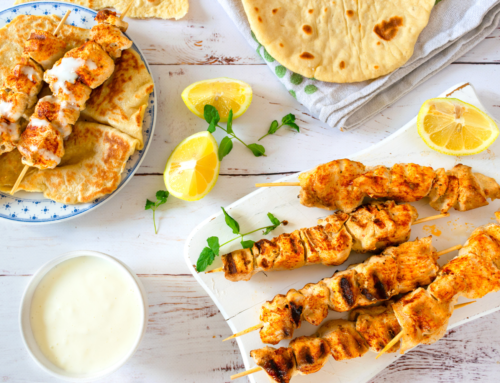
Is this diet adaptable for gluten free individuals?